As we approach the dead of winter, now is the time to make sure your furnace is in good working order. Maintaining your furnace and performing preventative maintenance is essential for staying safe, warm and saving money this heating season.
This article will provide helpful tips and reminders for keeping your furnace running optimally through the cold winter months. Proper furnace maintenance involves cleaning various components, inspecting for problems, replacing filters and having a tune-up by a professional. Learn what steps to take so your furnace operates efficiently and keeps your home comfortably heated when you need it most.
Changing The Filter Is Key For Furnace Maintenance
One of the most important furnace maintenance tasks is changing the filter regularly. The filter is responsible for trapping dust, dirt, pet hair, and other debris before it circulates through your home’s air ducts.
How often should you change the filter? Most experts recommend changing your furnace filter every 1-3 months. Check the filter monthly and replace it when it looks dirty. High efficiency filters may need changing more frequently.
Types of filters: The most common types are disposable fiberglass filters, pleated filters (last longer), electrostatic filters, and HEPA filters (remove smaller particles). Choose the filter based on your needs.
Steps to change the filter:
- Turn off the furnace at the thermostat.
- Remove the old filter by sliding it out of the slot.
- Check the arrow on the side of the new filter to see the airflow direction.
- Slide the new filter into the slot with the arrow pointing toward the furnace.
- Turn on the furnace and make sure no air leaks around the filter edges.
Replacing furnace filters regularly is one of the simplest ways to keep your system running efficiently and improve indoor air quality.
Inspect Venting
Proper venting is critical for safe and efficient furnace operation. The venting system, which includes the flue pipe and chimney, removes harmful byproducts of combustion like carbon monoxide from your home. Blocked vents can lead to a dangerous buildup of these gases inside your house.
Signs of a blocked vent include:
- Sooting around the furnace
- Unusual odors when the furnace runs
- Back drafting, where combustion gases spill into the house
Inspect all vent components carefully before each heating season. Look for blockages, leaks, disconnected joints, corrosion, and cracks. Use a wire brush to scrub away minor debris or buildup inside vent pipes.
For severe blockages, call a professional to snake out the vent system. Chimney caps should be cleared of nests, leaves, and other debris. Check that the chimney cap remains properly screened to keep out animals and pests. Proper venting ensures your furnace can provide efficient and safe heating all winter long.
Check Flame Sensor
The flame sensor is a metal rod that sits in the burner flame. Its purpose is to detect if a burner flame is present when the furnace is running. If the flame sensor gets dirty or contaminated, it may fail to detect the flame and shut off the furnace.
The flame sensor needs to be cleaned because over time it can accumulate deposits like rust, dirt, or oil. This buildup insulates the rod and prevents it from heating up properly when exposed to the flame. If it can’t get hot enough, the furnace control board doesn’t receive the proper signal that there is a flame present.
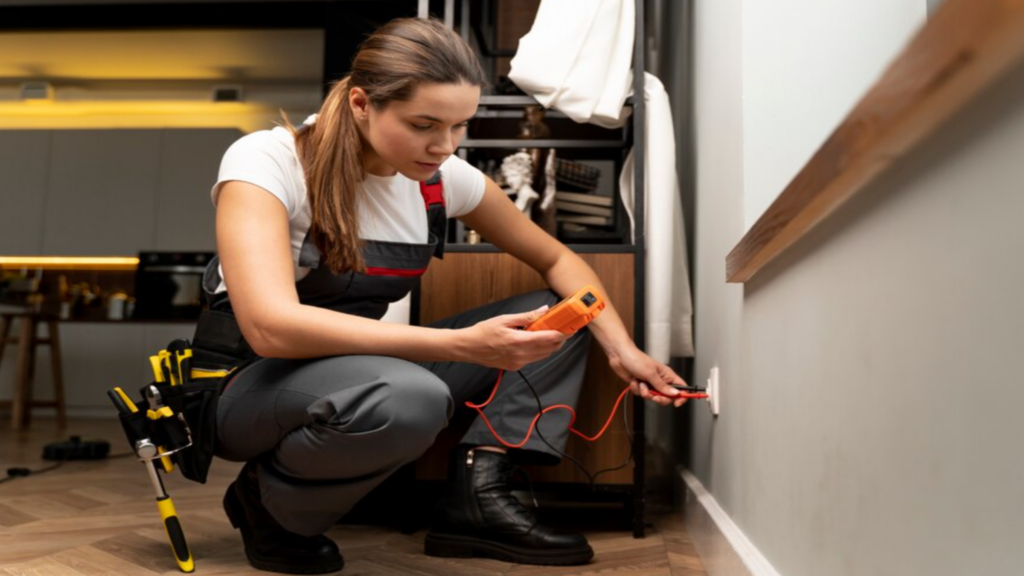
To clean the flame sensor, you’ll need some steel wool or fine sandpaper. Turn off the power to your furnace at the breaker panel or by turning off the gas valve. Locate the flame sensor, which is a metal rod projecting into the flame burner tube.
Gently rub the rod with steel wool or sandpaper until any deposits are removed. Avoid bending or damaging the rod. Once cleaned, turn the furnace power back on and observe several ignition cycles to ensure the burner ignites smoothly. The flame sensor should now get hot enough to send the proper signal.
Regularly cleaning the flame sensor ensures your furnace doesn’t unexpectedly shut down during the winter because of a false signal of no flame. Just be sure to turn off power before working near any open flame.
Clean Blower Components
The blower motor and blower compartment are essential components of your furnace that should be cleaned each year before winter hits.
The blower motor has to work harder during the winter months when your furnace is running frequently. Dust, dirt, and debris can build up on the blower motor and in the blower compartment over time. This can put extra strain on your motor and cause it to overheat or fail prematurely. Regular cleaning keeps the motor running smoothly and efficiently.
Steps for cleaning the blower motor and compartment:
- Turn off power to the furnace at the breaker panel or by unplugging it.
- Remove the blower motor compartment cover.
- Use a vacuum cleaner with a soft brush attachment to clean away any dust or debris buildup on the blower fan blades and motor.
- Wipe down the interior of the blower compartment with a damp cloth. Make sure it is completely dry before reassembling.
- Vacuum out the vent hoses connected to the blower motor.
- Reinstall the blower motor cover and turn furnace power back on.
Warning signs your blower needs cleaning:
- Unusual noises or rattling coming from the blower motor
- The motor running hot or short cycling on and off
- Reduced airflow from vents indicating a buildup of debris
- Dust or dirt blowing out of vents when the furnace turns on
Schedule annual furnace maintenance to keep ahead of any blower motor or component issues before they lead to breakdowns or expensive repairs. A clean blower equals optimal heating performance.
Inspect Heat Exchanger
The heat exchanger is one of the most important components of a furnace. It is responsible for transferring heat from the combustion process to the air flowing through the furnace. Over time, the heat exchanger can develop cracks or holes due to normal wear and tear or corrosion. This can be very dangerous, as it allows carbon monoxide and other combustion byproducts to leak into your home.
Signs that your heat exchanger may need replacement include:
- Increased energy bills from heat loss
- Unusual odors or soot around the furnace
- Visible cracks, holes, or rust spots on the heat exchanger surface
Because a failing heat exchanger can lead to carbon monoxide poisoning, it’s crucial to have a professional inspect it annually. A technician can visually examine the heat exchanger for problems and conduct a combustion analysis to detect any air leaks. Replacing a faulty heat exchanger requires disassembling the furnace, so it’s not a DIY project. The costs typically range from $1,200-$3,000.
Regular professional inspections can detect heat exchanger issues before they become dangerous. Don’t put off having your furnace checked each year. A small investment in maintenance can prevent expensive repairs or disasters down the road.
Check Ignition System
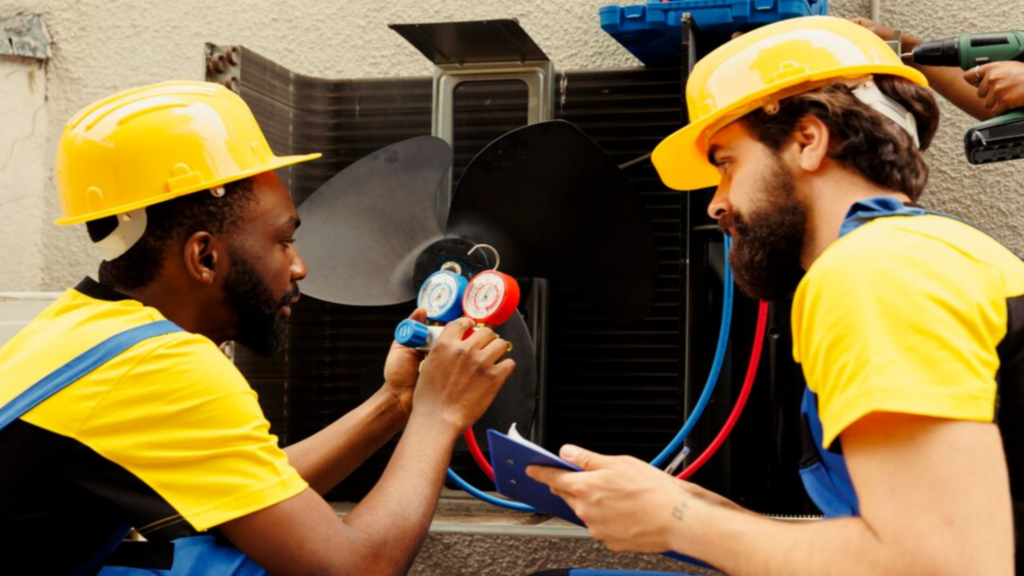
The ignition system is responsible for lighting the furnace’s burners when heat is called for. There are several components that make up the ignition system that should be inspected and tested annually:
Ignition Control Module: This controls and times the ignition sequence. It sends voltage to the igniter and gas valve. If it is defective, the furnace may not ignite or stay lit. Testing it involves checking for proper voltage.
Flame Sensor: This sensor monitors the burner flame. If it cannot detect a flame, it will shut off the gas valve for safety. It can be tested for continuity and proper voltage.
Igniter: This device ignites the gas burner. It may be a glow plug or a spark igniter depending on the furnace. Visual inspection and testing voltage can determine if it needs replacement.
Gas Valve: This allows gas to flow to the burner. It should open and close properly during the ignition cycle. Listen for an audible click when it opens. Check for gas leaks if faulty.
If there are any issues with the ignition system, it’s best to call in a professional furnace technician for repair. Improperly repaired components can lead to dangerous conditions like gas leaks or carbon monoxide poisoning. Trust a licensed pro to get your ignition system working properly and safely again.
One Of The Most Important Furnace Maintenance Tips: Lubricate Moving Parts
Proper lubrication is crucial for keeping your furnace running smoothly all winter long. Here are some tips for lubricating the moving parts of your furnace:
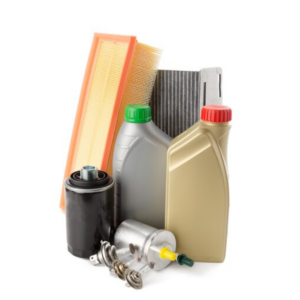
Motor: The motor that drives the blower fan contains bearings that need periodic lubrication. Refer to your owner’s manual for the recommended type of motor oil. Use just a few drops on each bearing, being careful not to over-lubricate.
Blower: The blower fan itself may have oil ports for lubrication. Open these ports and add a few drops of electric motor oil.
Fan Belt: Check that the fan belt connecting the motor and blower has the proper tension. Apply a small amount of belt dressing spray to the sides of the belt to keep it flexible and avoid slipping.
Circulator Motor: For hot water or steam heating systems, lubricate the circulator motor with a few drops of lightweight machine oil like SAE 10.
Gas Valve: The gas valve that regulates fuel to the burner may have a lubrication port. Add a drop of gas valve lubricant to keep the valve operating smoothly.
Linkages: Any mechanical linkages that connect moving parts like dampers should be lubricated with a spray lubricant or lithium grease.
By properly oiling and greasing the moving components of your furnace once a year, you can minimize wear and prevent noisy operation all winter long. Use only small amounts of recommended lubricants.
Replace Air Filter Monthly
Replacing your furnace air filter regularly is one of the easiest and most important maintenance tasks. The air filter removes dust, dirt, pet hair and other particles as air circulates through your home. When it gets clogged up, it can’t do its job properly. This forces your system to work harder, lowering efficiency and performance.
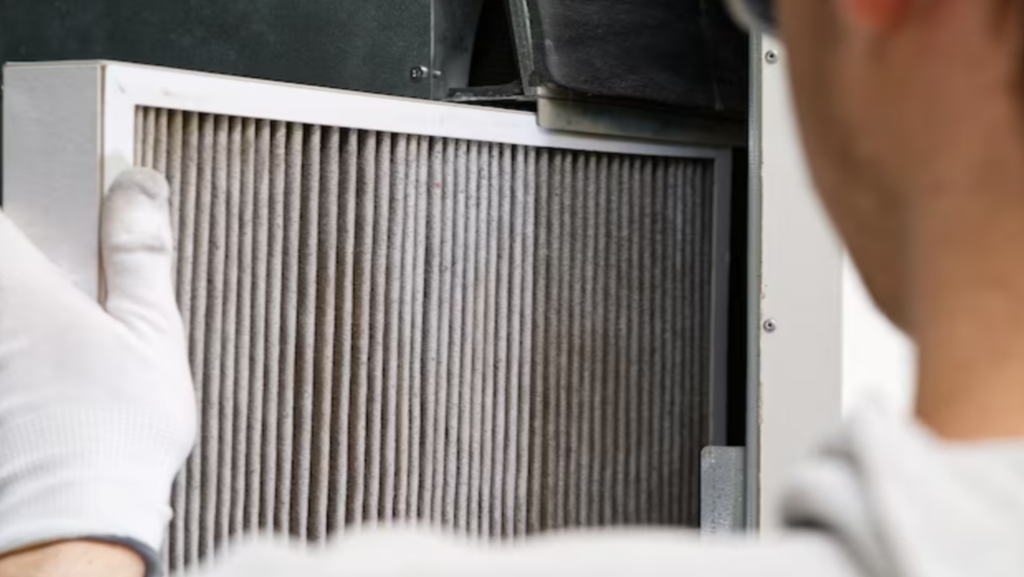
Furnace manufacturers recommend replacing filters monthly. Write the date on the filter when you install it to help track the schedule. If you have pets or live in a dusty area, bimonthly replacement may be better.
Look for filters with a MERV rating of 8 to 12. The higher the rating, the more effective it is at trapping small particles. High efficiency filters provide better indoor air quality but may need to be changed more often.
Replacing the filter takes just a few minutes. First turn off the furnace at the switch or breaker panel. Slide out the old filter and put the new one in the same orientation. Make sure it fits snugly without gaps.
Replacing air filters regularly keeps your furnace working at peak efficiency. It improves air flow, reduces strain on the blower motor and other components, and lowers your energy bills. Most importantly, it traps airborne irritants and helps provide cleaner, healthier indoor air for your home.
Schedule Fall Tune-Up To Ensure Furnace Maintenance Is Effective

Scheduling a professional tune-up in the fall before you turn your furnace on for the winter is one of the most important maintenance tasks. During a tune-up, a qualified HVAC technician will thoroughly inspect your entire system and make any necessary repairs or adjustments.
A fall tune-up helps ensure your furnace is working at peak efficiency. The technician will check and adjust the burners to ensure they ignite and operate properly. They will check the blower motor and lubricate moving parts. They will also clean and inspect the heat exchanger, as well as check that your ductwork is clear of debris and leaks.
Having a professional tune-up done in the fall can prevent problems and breakdowns during the peak winter months when you rely on your furnace the most. It also improves the efficiency of your system, saving you money on energy bills over the season. The small investment of a tune-up is well worth it to keep your furnace running smoothly all winter long.
If you have any additional questions regarding furnace maintenance, make sure to consult one of Provincial Smart Home Services’ expert energy advisors and they will assist you with any issues you might be facing.
Related Posts

The First Things You Should Do When You Get a New Furnace
Considering a new furnace? Check ducts, replace filters, and plan maintenance to boost efficiency and extend its life with these tips.
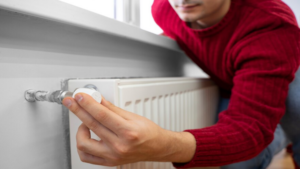
Why You Should Buy Instead of Renting a Furnace
Buying or renting a furnace? Compare costs, maintenance, and convenience to decide. Expert HVAC advice included.
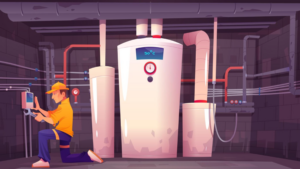
Furnace Repair or Replacement – Should I Get a New Furnace?
Your furnace is one of the most important aspects of your home. Make sure you are well informed before considering furnace repair or replacement.

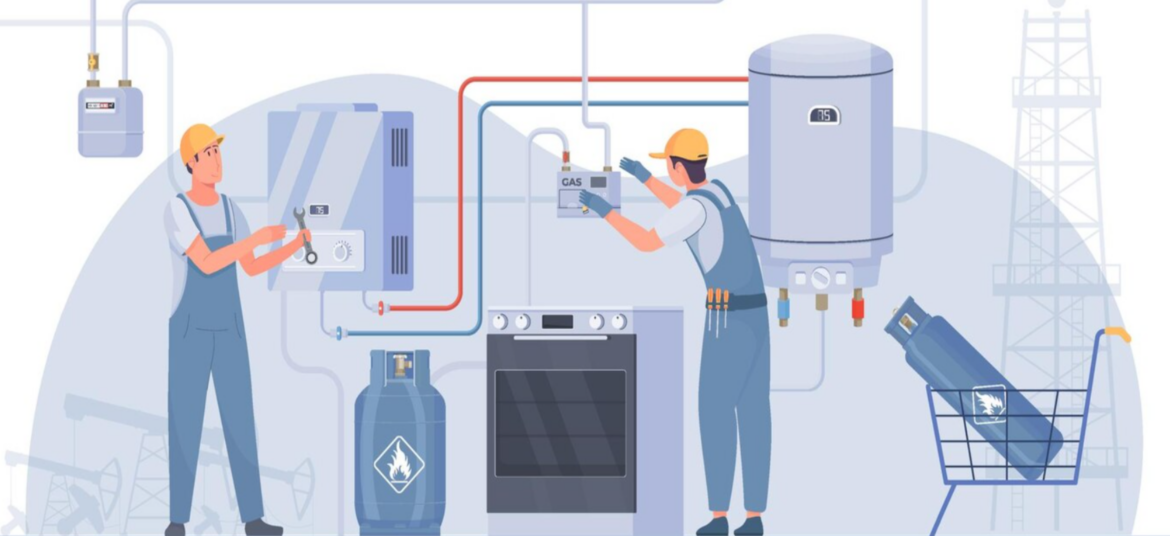
No Comments